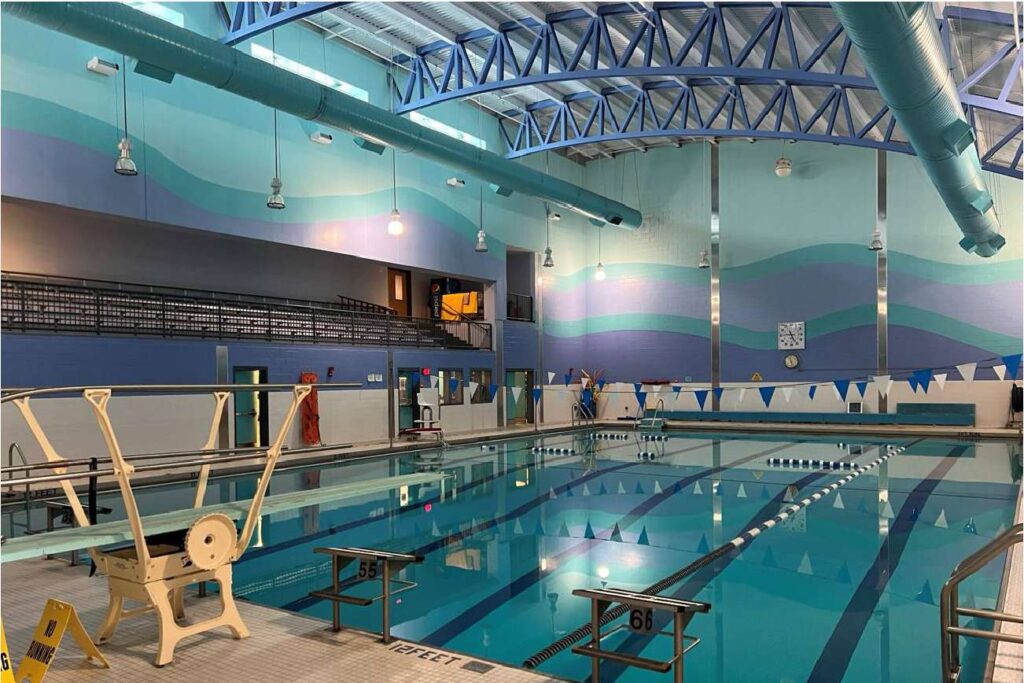HVAC systems are used to regulate temperature, air quality, and humidity in indoor spaces. However, since each environment has different needs, the characteristics of these systems vary. Dehumidification air handling units are specifically designed to control humidity and have distinct differences compared to standard HVAC systems.
Key Differences Between Dehumidification Air Handling Units and Other HVAC Systems
Humidity Control Capacity
While standard HVAC systems primarily focus on temperature control, dehumidification units manage both temperature and precise humidity control. In high-humidity environments, these units provide significant advantages for comfort and building health.
Operating Principle
Dehumidification units remove excess moisture from the air using refrigerant-based systems, desiccant rotors, or a combination of both. Other HVAC systems typically influence humidity indirectly by cooling or heating the air.
Application Areas
Standard HVAC systems: Preferred in residential buildings, offices, shopping malls, and general-purpose spaces.
Dehumidification units: Used in environments where humidity control is critical, such as swimming pools, data centers, pharmaceutical and food facilities, museums, and archives.
Energy Efficiency
Dehumidification systems, equipped with heat recovery units and energy-efficient components, can operate more efficiently than standard HVAC systems. This is especially important in areas with constant high humidity requiring continuous dehumidification.
Automation and Precise Control
Dehumidification units often feature advanced automation systems that continuously monitor and adjust humidity levels. Such precise control is limited or optional in standard HVAC systems.
Dehumidification air handling units provide solutions beyond standard HVAC systems in spaces where both temperature and humidity must be carefully controlled. Choosing the right system according to sector and need is essential for comfort, energy savings, and operational safety.
Keywords
dehumidification air handling unit, dehumidification system, standard HVAC systems, differences in HVAC systems, pool dehumidification unit, data center humidity control, desiccant dehumidification system, heat recovery HVAC, industrial humidity control, HVAC and dehumidification solutions
